30-year-old Strumica resident Aleksandra Gjurchinoska has been practicing quilling, a technique also known as “paper filigree,” for more than eight years. Through shaping and folding paper, she creates unique figures and images that captivate with their refinement and detail.
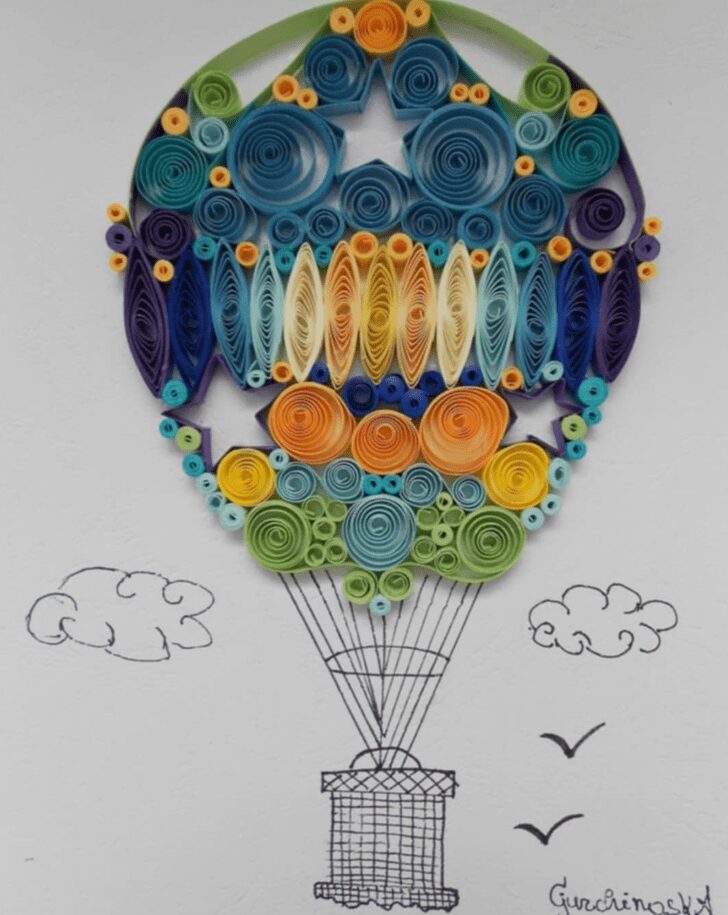 Gjurchinoska first became acquainted with quilling via the internet. Seeing various creations, her curiosity and desire to try it awakened. Her first work – a filigree butterfly – was just the beginning of a hobby that gradually grew into her great passion.
Gjurchinoska first became acquainted with quilling via the internet. Seeing various creations, her curiosity and desire to try it awakened. Her first work – a filigree butterfly – was just the beginning of a hobby that gradually grew into her great passion.
In addition to working as a computer science teacher, Aleksandra fills her free time creatively, creating works that are becoming increasingly popular. Today, quilling art is her preoccupation, and the demand for her works is constantly growing.
The most joy she brings are the orders for the youngest, for whom she creates paintings with special love and attention. "Children's smiles are the greatest reward for my work," says Gjurchinoska.
Her works are not just a hobby – they are an expression of passion, creativity, and dedication.
More – from the interview with Aleksandra Gjurchinoska
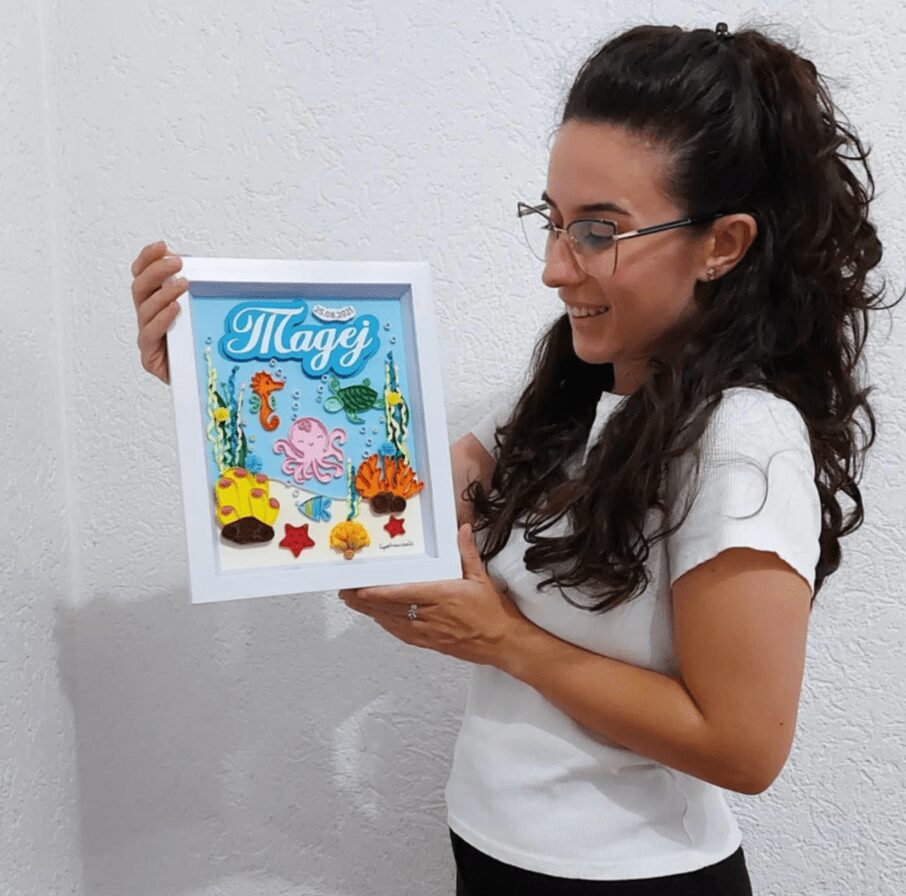
- What kind of art is hidden behind the term "quilling technique" and how did you discover it?
-Quilling technique is a technique that throughout history, i.e. during the Renaissance, was used to decorate icons and other religious objects in monasteries, at a time when monks could not afford any other expensive material for needlework, so they used gilded paper. Later, it was also used to make jewelry, home decorations, etc.
Today, the quilling technique encompasses a wide range of designs in which it can be applied.
I discovered this technique by accident, I had never heard of quilling before, but while searching the internet for what else could be made with paper, besides the origami I was making at the time, I came across quilling, which reminded me a lot of the filigree silversmithing, which I admired.
The quilling technique is also known as paper filigree.
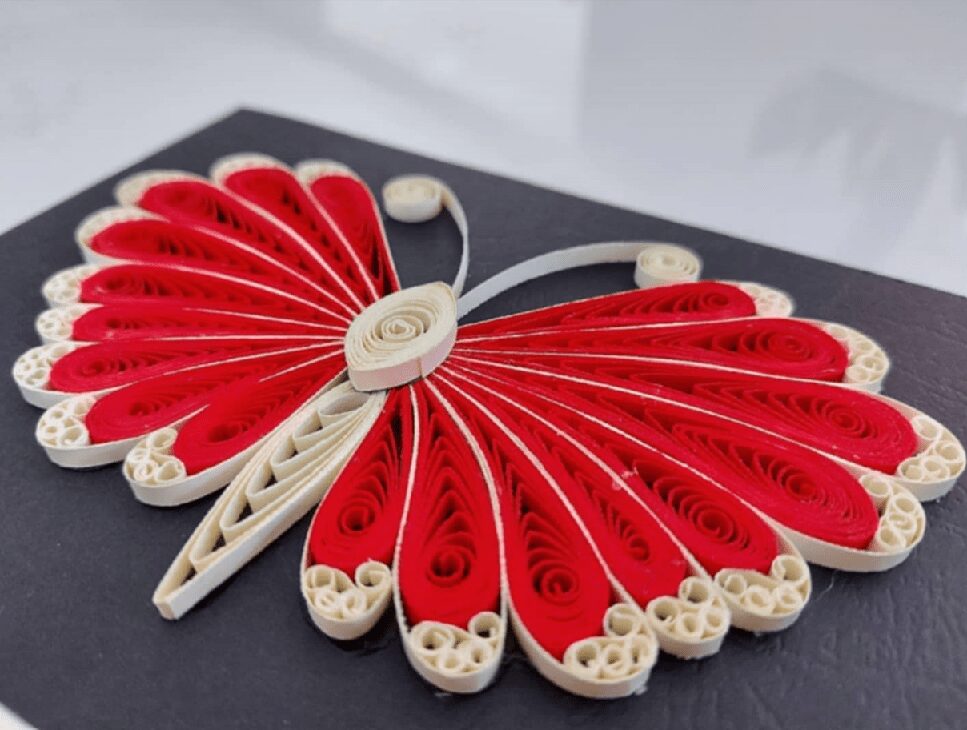
2. What is the spectrum of your creations, what materials are most often used, and what is your first work?
-The main material for making a work in the quilling technique is paper. It can be used in multiple colors so that the picture is nuanced or multiple thicknesses of the paper strips, which can also be made in several dimensions (2mm, 3mm or 6mm) and so that the picture gets a special look. Normally, other tools are also used during the making, scissors, paper glue, tweezers, a paper folding needle, a strip cutting machine and a frame, so that in the end the work gets its full shine, it is placed and protected with a decorative frame.
The range of production can be large and it depends on the inspiration or the wishes of the clients. Sometimes when making a frame I use other techniques, I make flowers in 3D shape and fill the frames with them and add stickers with certain text, dates or names. The colors of the paper also provide the opportunity to create different designs. Quilling elements can also be placed on greeting cards, decorative envelopes, etc.
My first piece of work was a filigree butterfly. It was from silver filigree that I got the desire and inspiration to make something handmade.
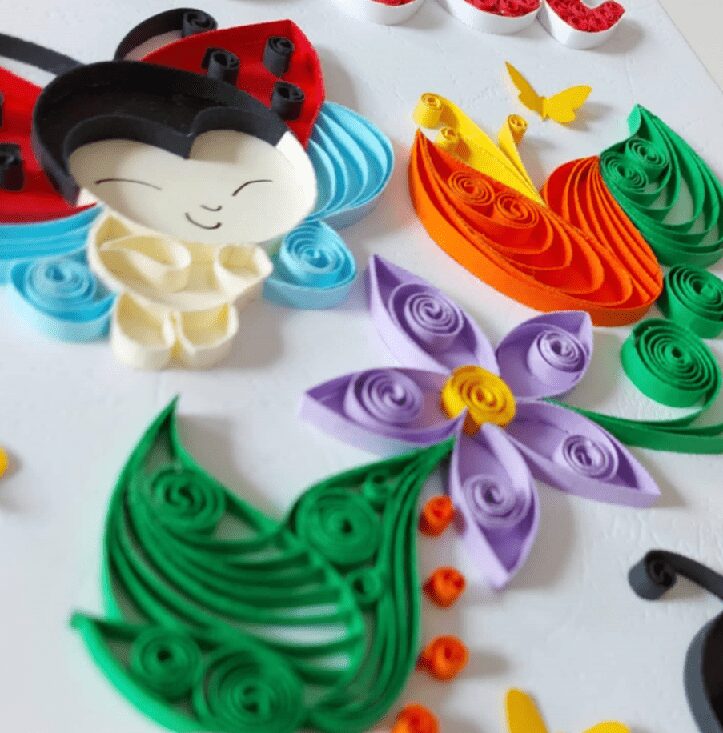
- Where did the idea to engage in this kind of art come from, what motivated you, and how long have you been doing this?
-First I did origami, which is also a technique in which the main material is paper, and I made 3D figures for myself to fill my free time. I met the quilling technique by chance, and out of curiosity to try if I could do something like that, I tried it about 8 years ago, during my student period, and I have continued to this day. My motivation was the unknown, the desire to learn something new, to create something with my own hands, to train my patience and to enjoy designs that change motifs. I started by making a work that had only one element, most often my inspiration was filigree works, I made butterflies, crosses and decorated icons, later I tried to make children's motifs, only cartoon characters, then I added names... Now I already make designs with motifs that people are looking for and I combine multiple techniques.
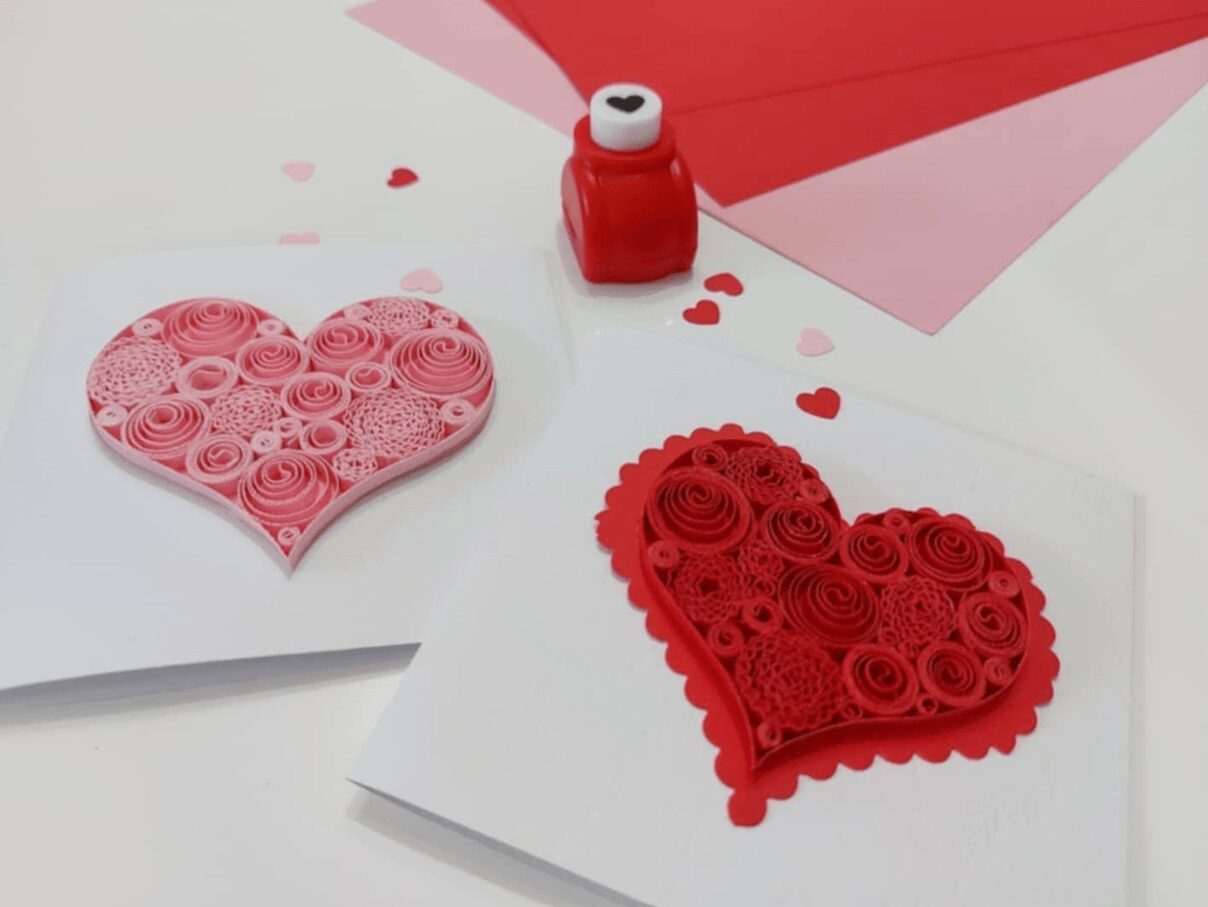
4. Your profession is a teacher, how do you manage to find time to create and make art, since quilling requires a lot of creativity, patience, and precision?
– Yes, I am a primary school teacher and working with children requires a lot of dedication, but I use every free time, and mostly weekends, to dedicate myself to my quilling creations, and of course, the support of my family means a lot to me, and they sometimes know how to help me with something that is simpler to make. The technique requires precision, time, patience, a lot of love, and all the details that are in one work are always a challenge to make.
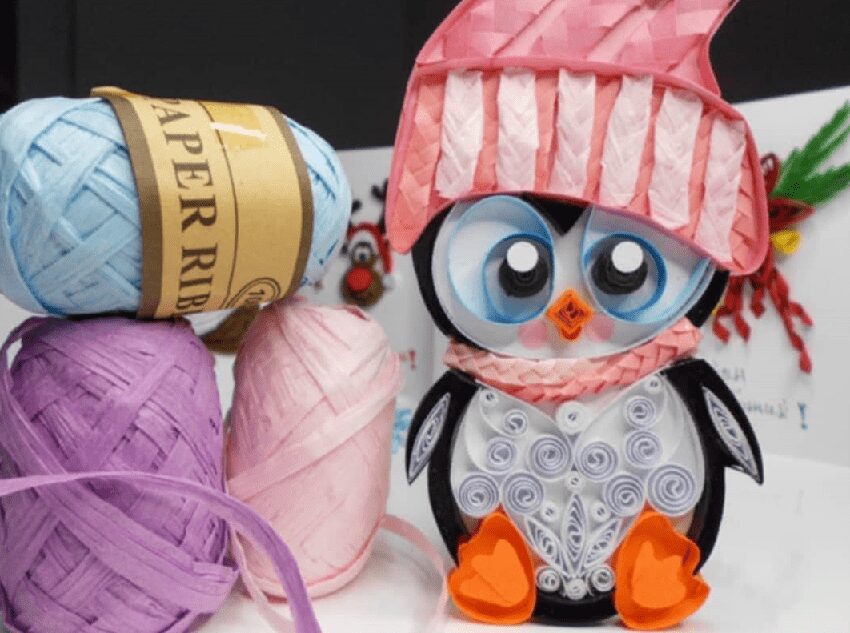
5. Your works win the hearts of the youngest the most, what do they like the most?
-Yes, the most sought-after items are those for children, especially newborns. The most sought-after are children's cartoon characters, Disney characters that will fit the interior of a child's room or a birthday theme, or simple baby designs that often require the baby's first details to be inserted. Those are actually my favorite pieces to make.
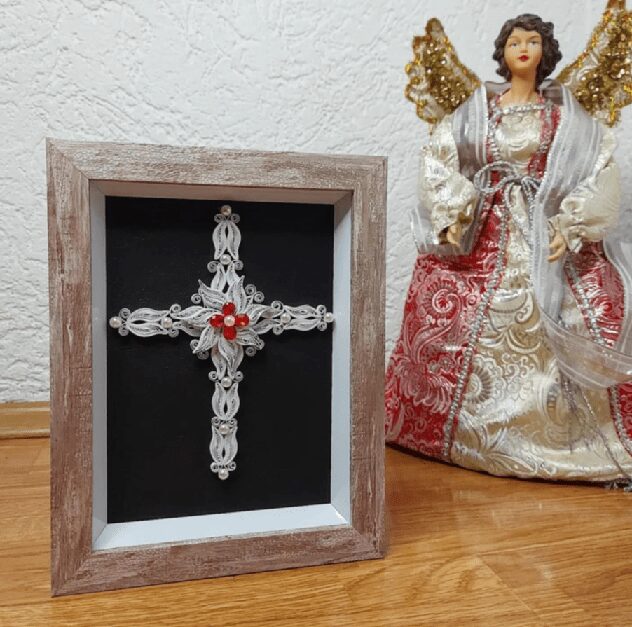
6. How in demand are these handmade pieces and which creation do you consider your greatest achievement?
-At first, most people didn't know the term quilling technique and didn't know what I actually made, but later when I started posting my creations on social media, they already recognized them and knew how to search the internet and send me something they liked to make. They are usually requested for specific occasions, such as birthdays, engagements, Christmas gifts, etc.
Well, I can't single out any one creation as my greatest achievement, but if I had to choose, I would consider the designs made for newborns as my greatest achievement, because the demand for them is the greatest, so I can conclude that it is something that a wider circle of people also likes. As an achievement of a design that has the most details made in the quilling technique, I would single out the design with the sea world, although they are all challenging to make and all are unique in their own way. When a work is made by hand, it cannot be repeated later in its entirety.
Ivana Vangelova
